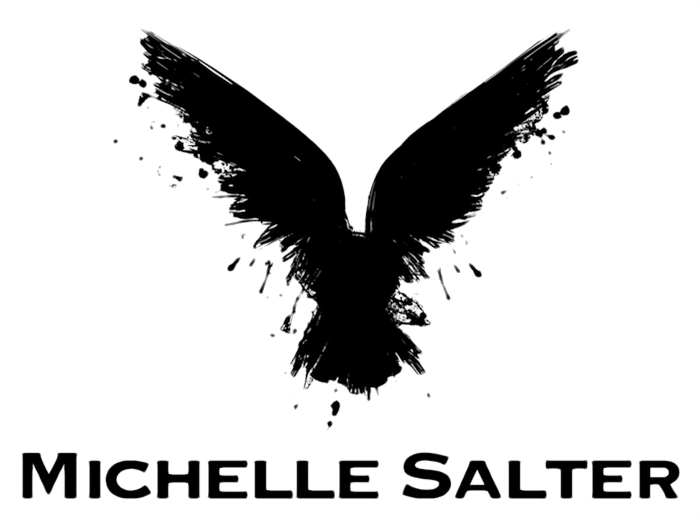Research rabbit holes and bloodhounds
Research is one of my favourite aspects of being a historical crime fiction writer. However, it's easy to become sidetracked.
Without wanting to give too much away, I've recently been researching women's prison for the third novel in the Iris Woodmore Mysteries series.
I was reading a book on the history of Winchester Prison in the 1920s when I became sidetracked by this fascinating story of how bloodhounds were used to track an escaped prisoner.
A prisoner, Johan Witer, escaped from Winchester Prison in 1909, and Major Edwin Hautenville Richardson and his bloodhounds Waterloo, Solferino and Czar were called in and successfully helped track down the prisoner.
Further digging into the Major, later to become Lieutenant Colonel, and I discovered in 1917 he established the British War Dog School in the New Forest (not too far from where I live in Hampshire) and offered his services to the British Red Cross.
His trained dogs (he favoured bloodhounds and airedales) were used during the First World War to carry harnesses with medical supplies and small canteens of water to search out wounded soldiers. Injured men could treat their own wounds and be guided back to the trenches. If a soldier was unconscious or unable to move, the dog would run back to its handler carrying a cap, glove or torn scrap of clothing as evidence and lead a stretcher party back to the wounded man.
The training became increasingly sophisticated, and these amazing dogs learned how to ignore dead bodies, understand a huge range of hand signals, and tolerate wearing gas masks. According to war medics, the Red Cross dogs saved many lives.
Photograph of Major Richardson with his Red Cross bloodhounds.

